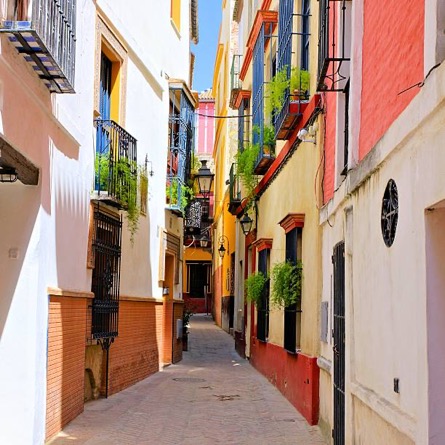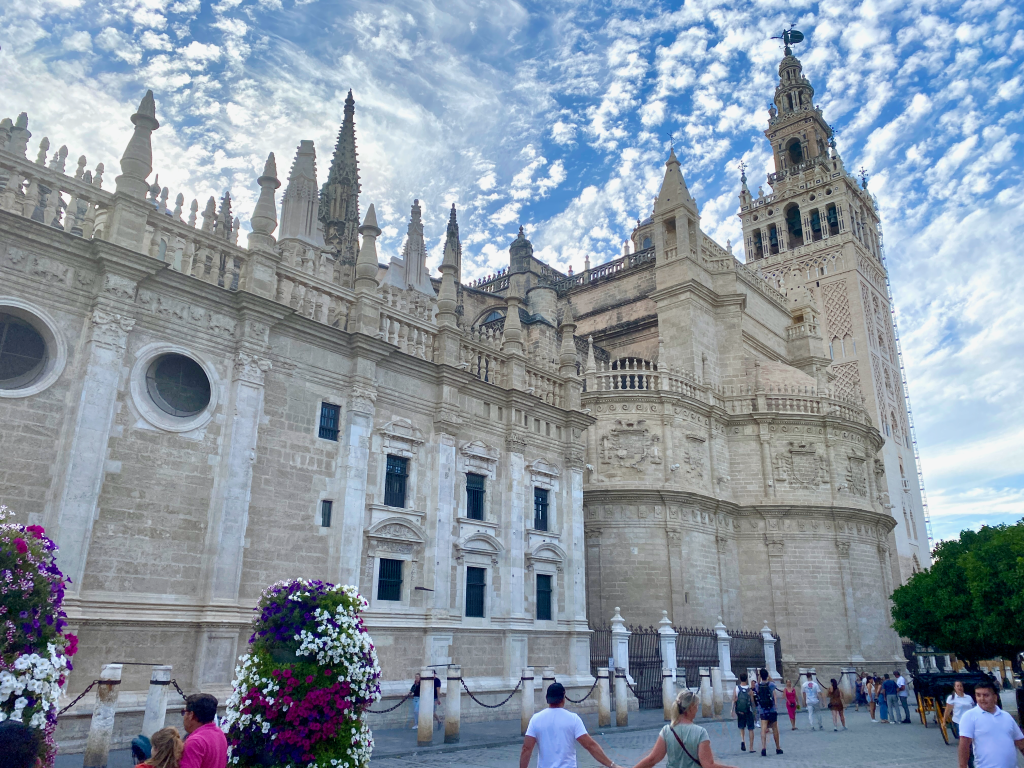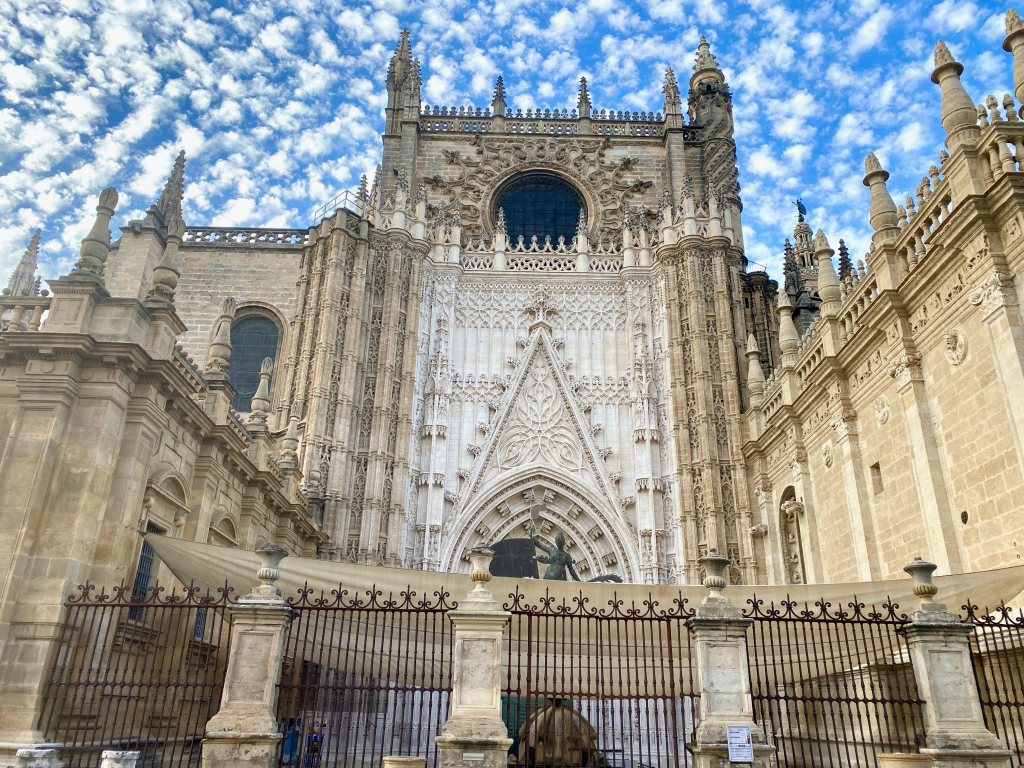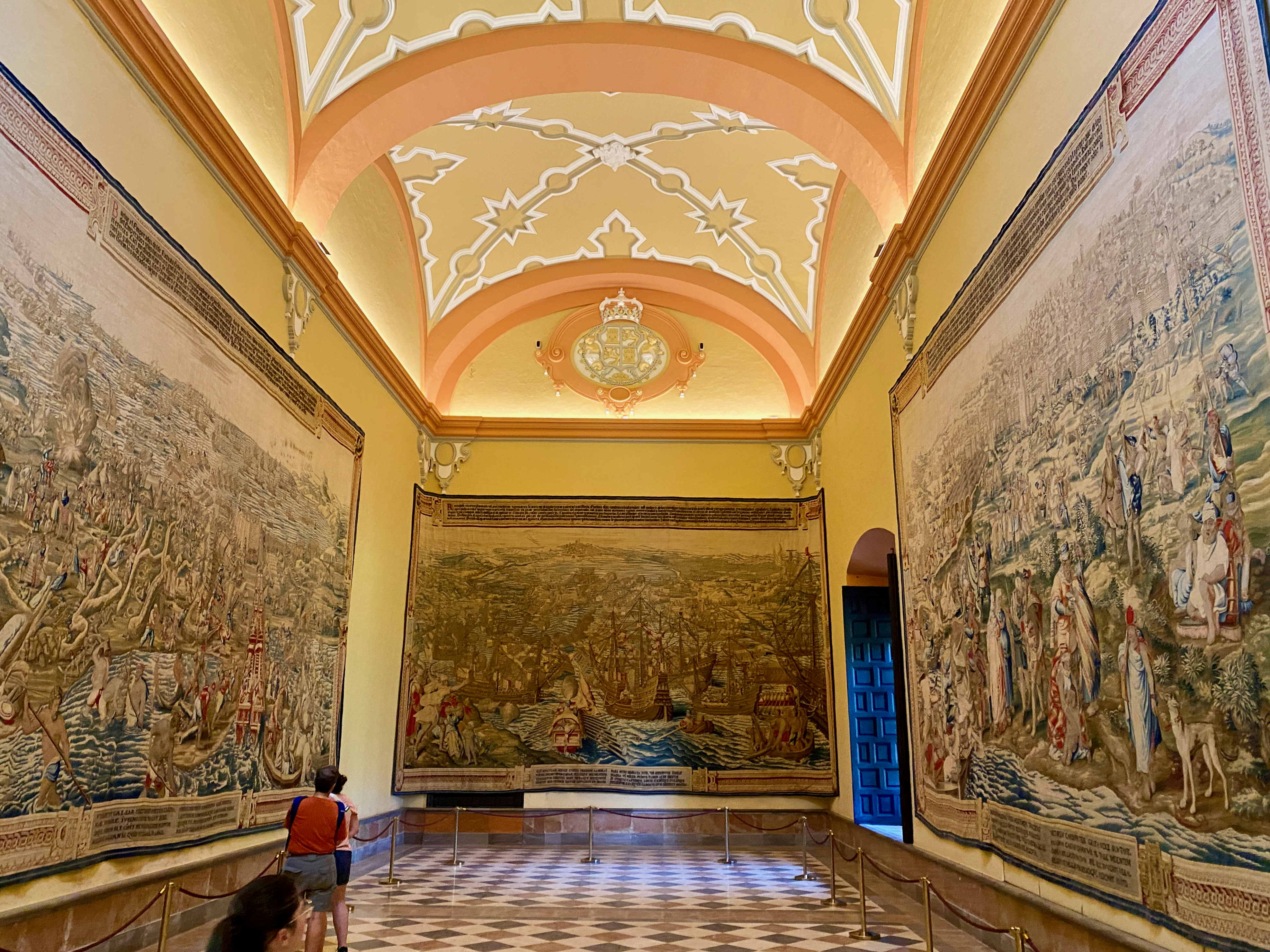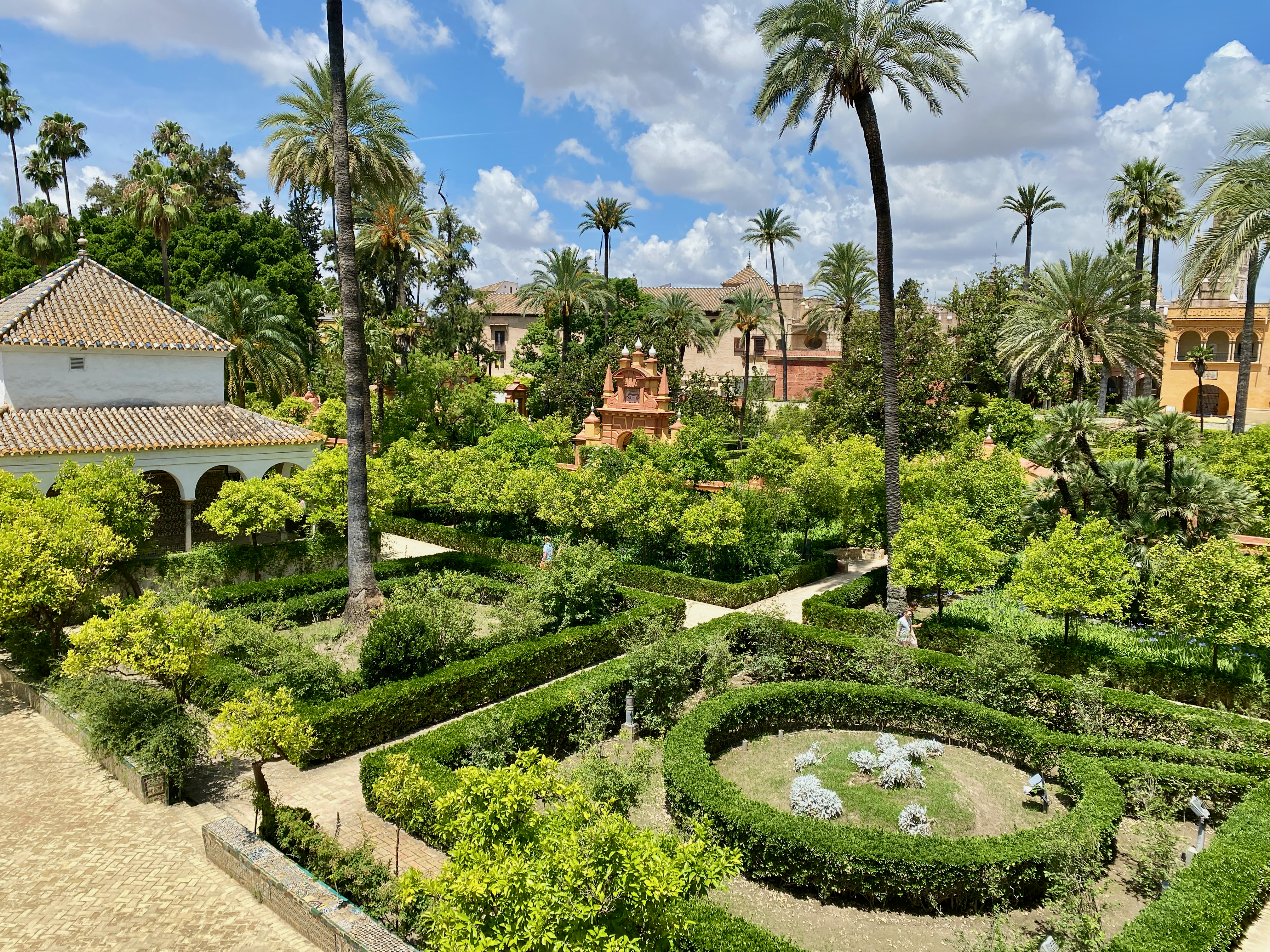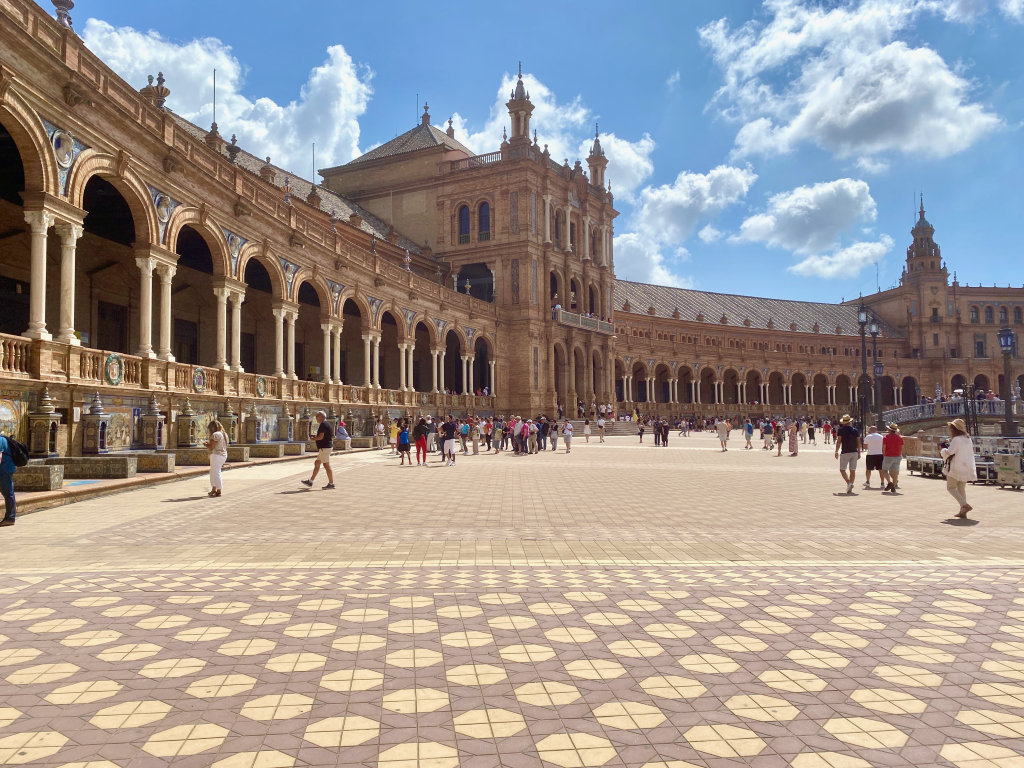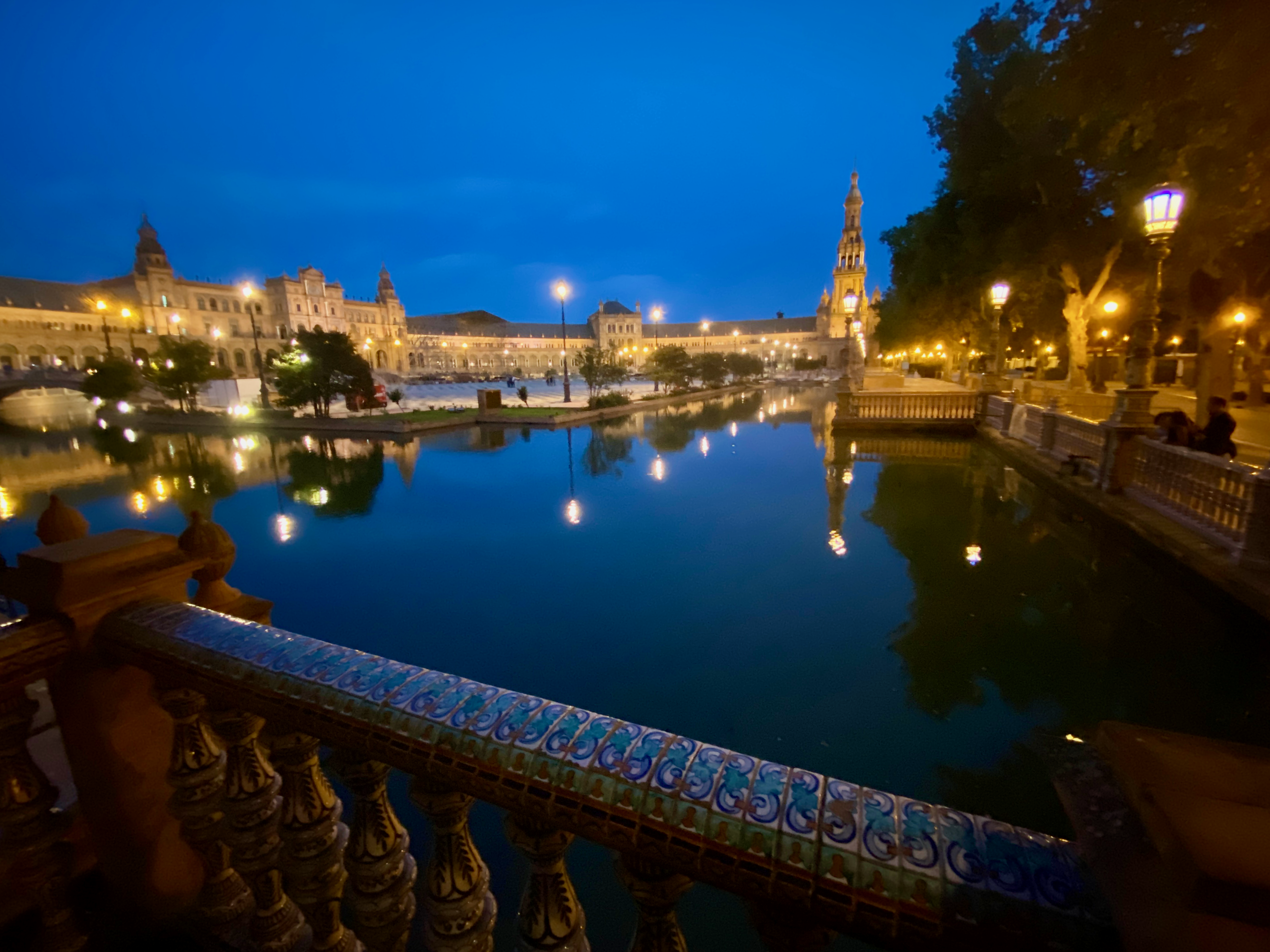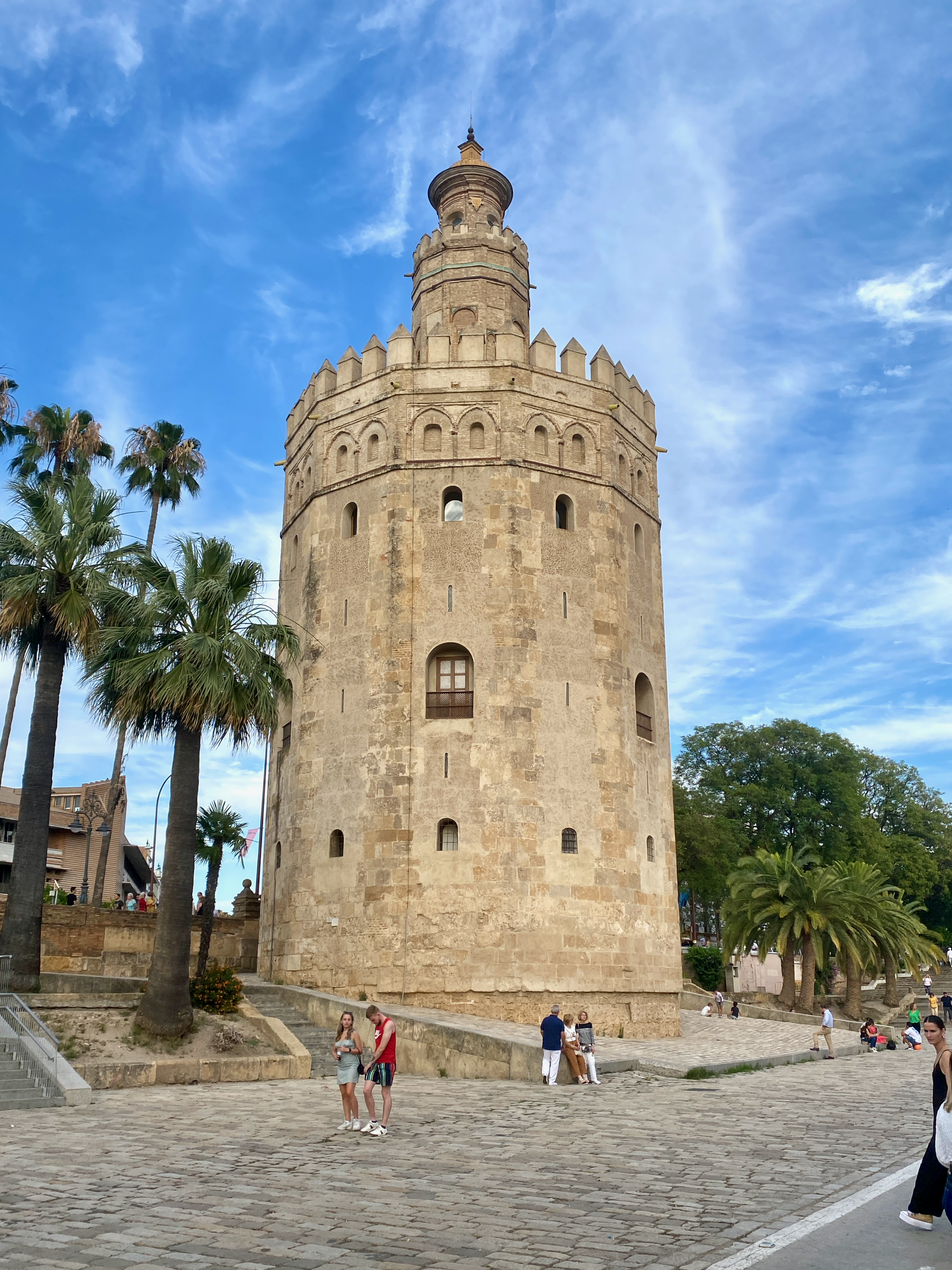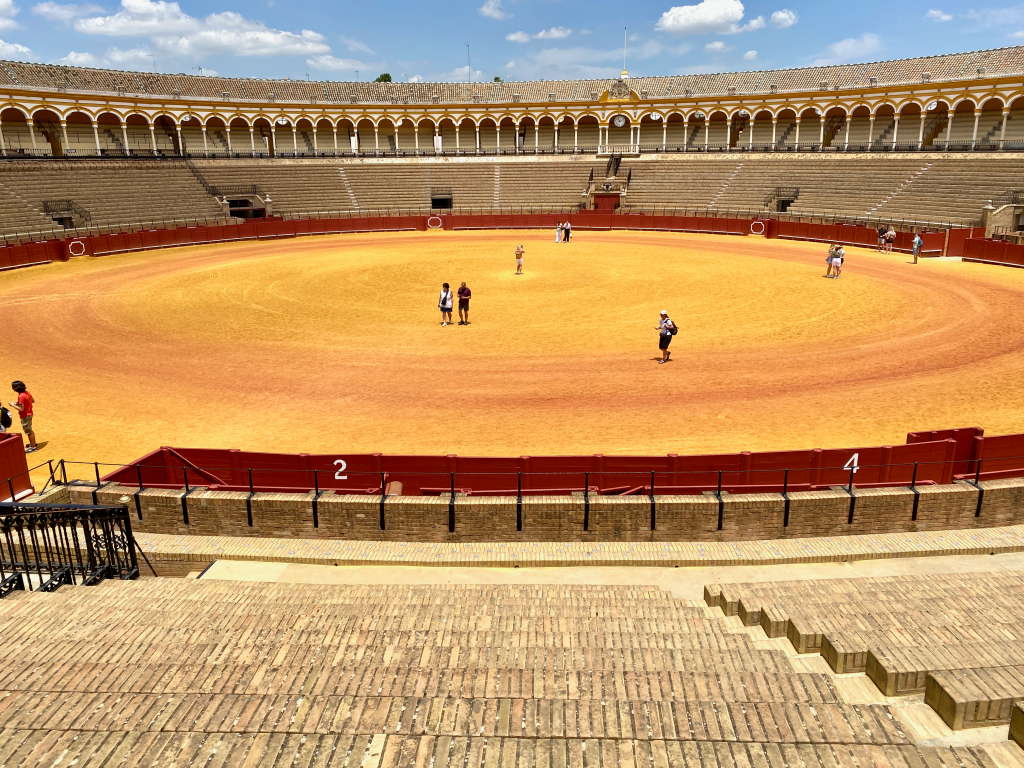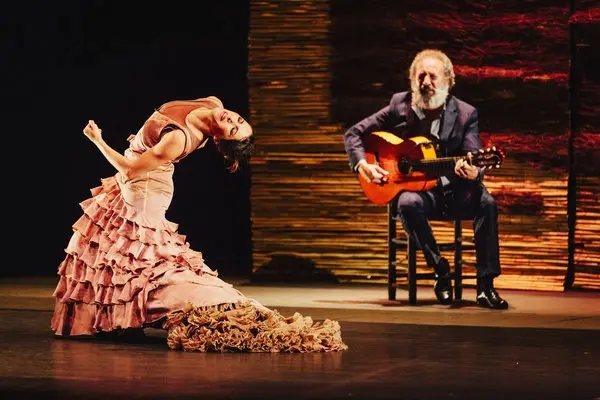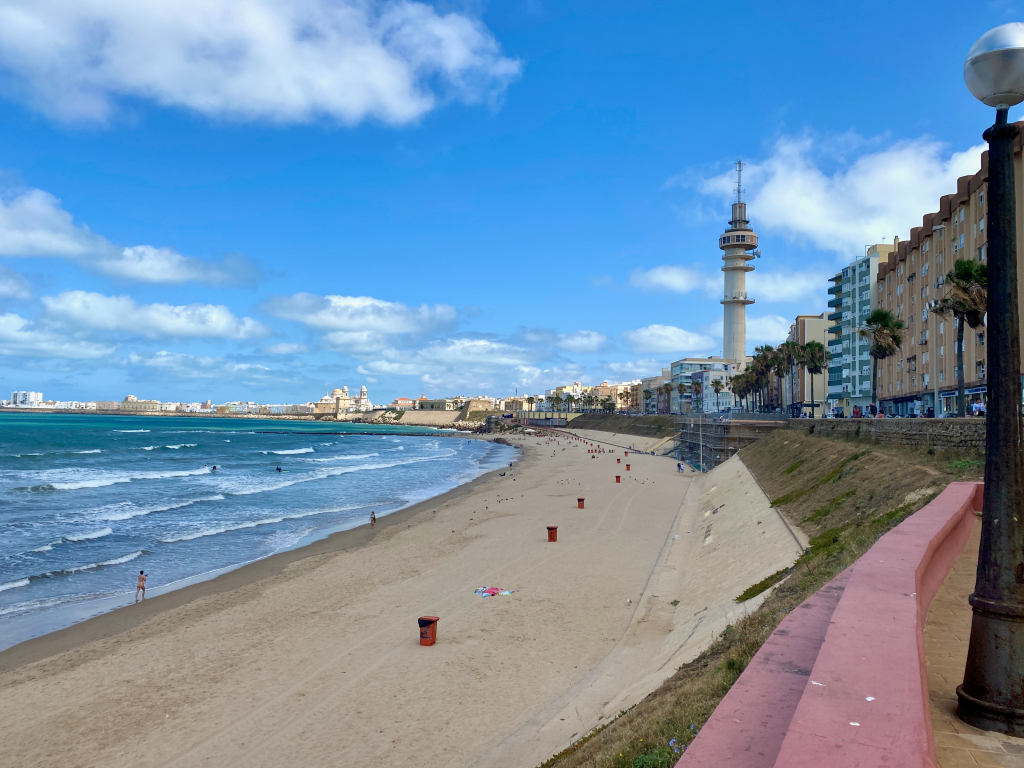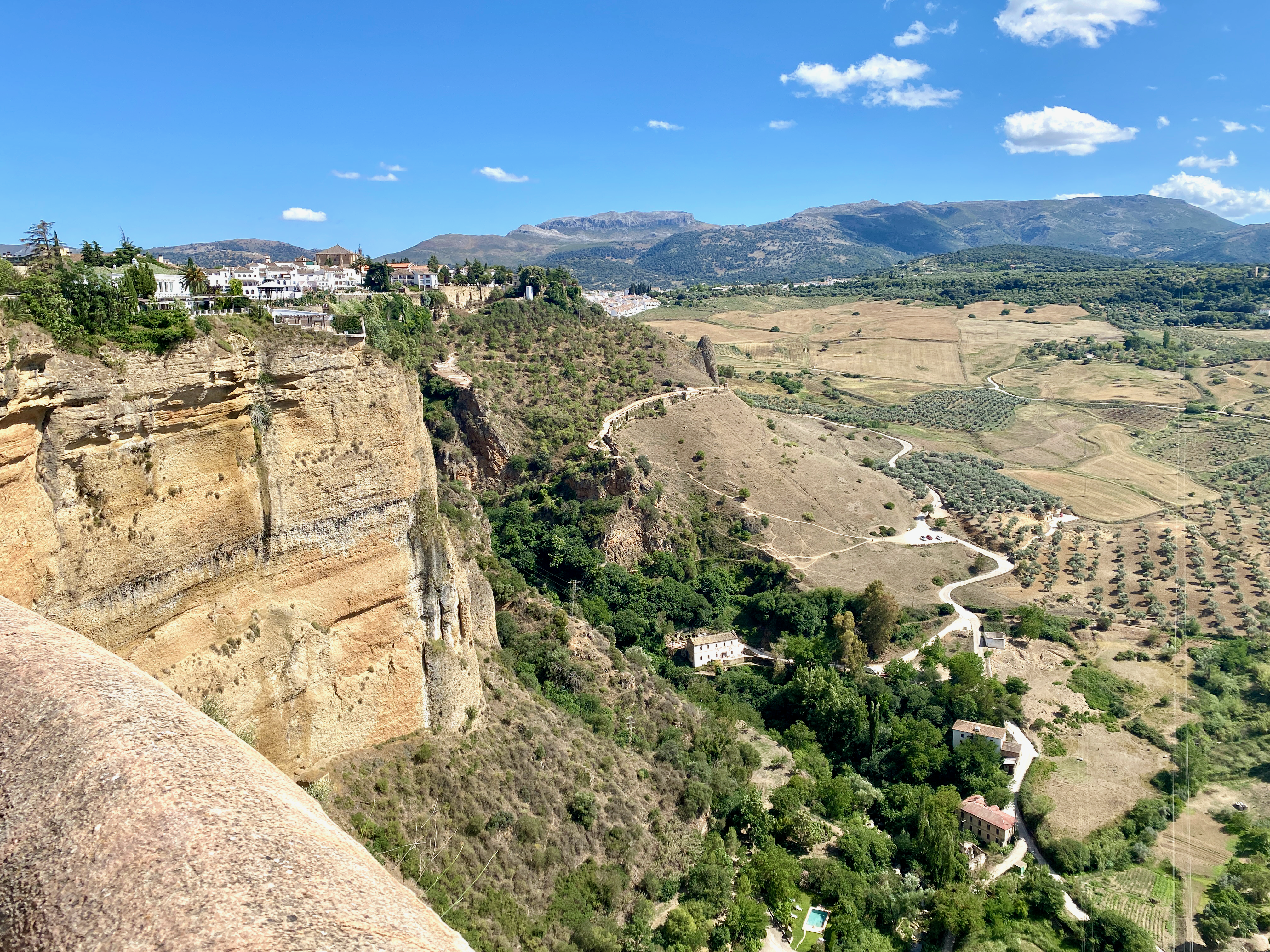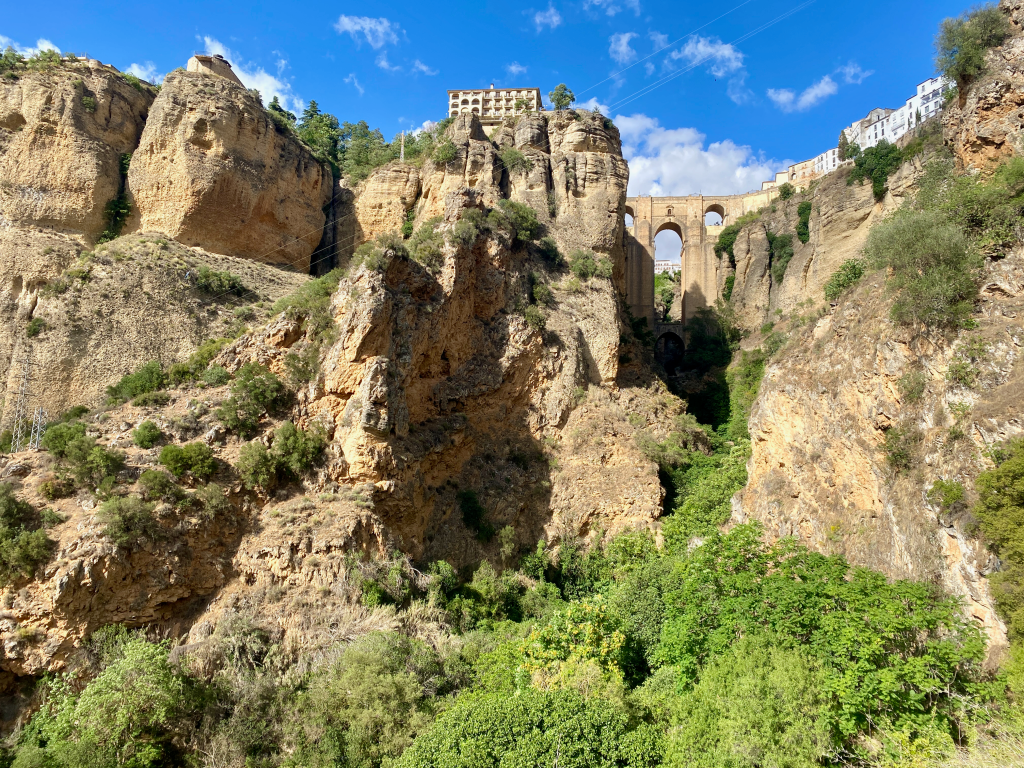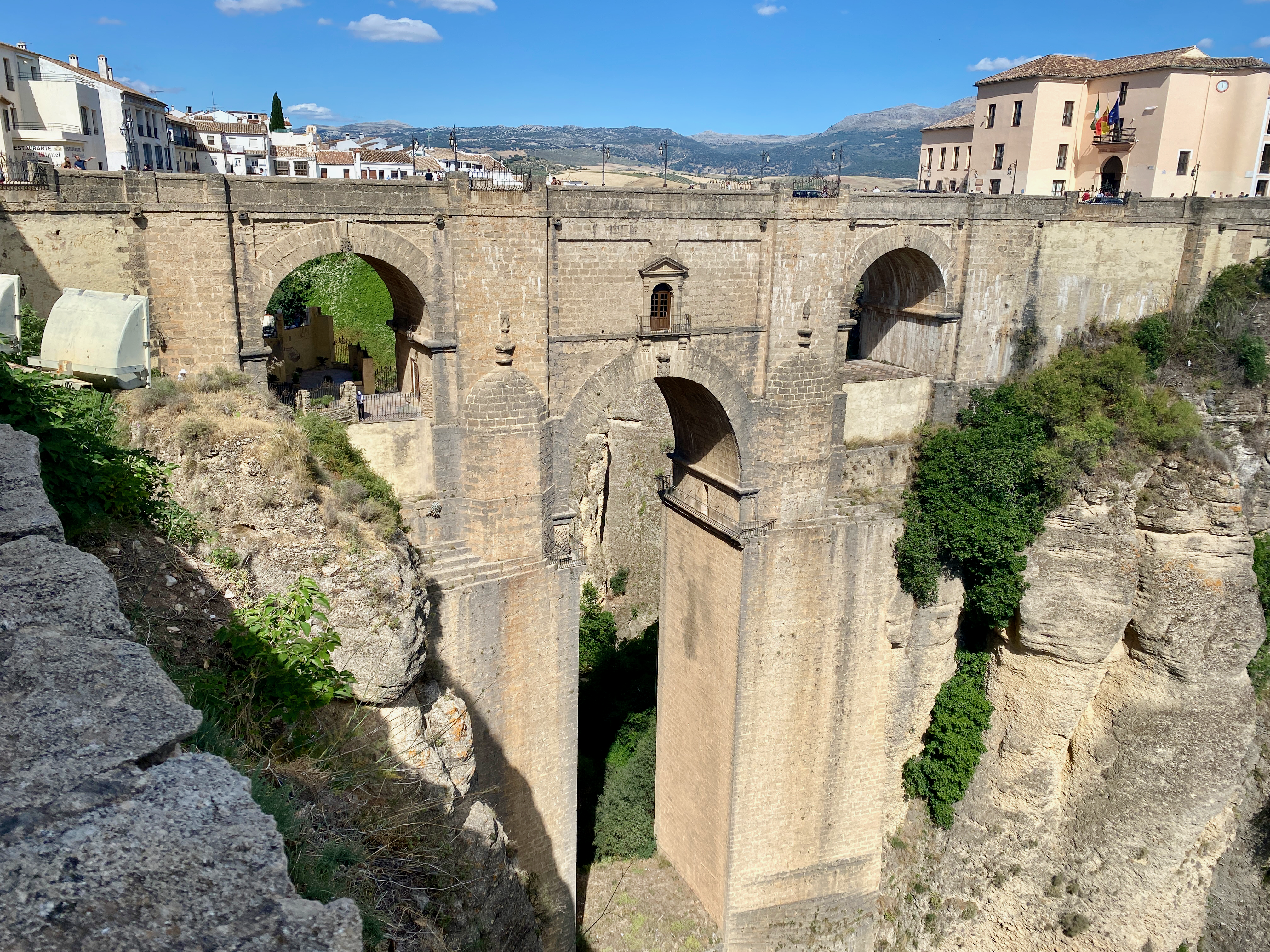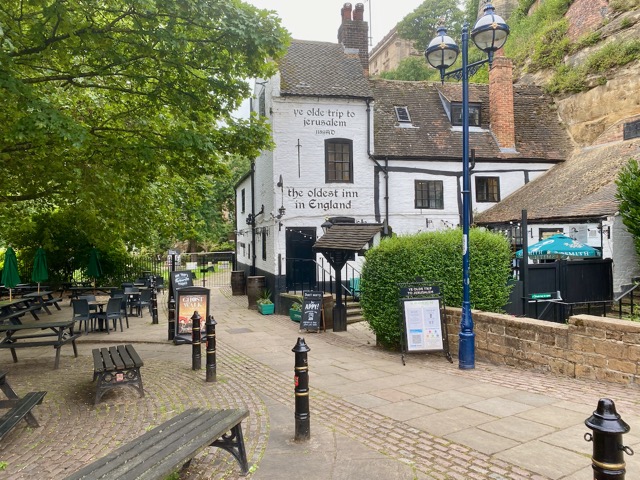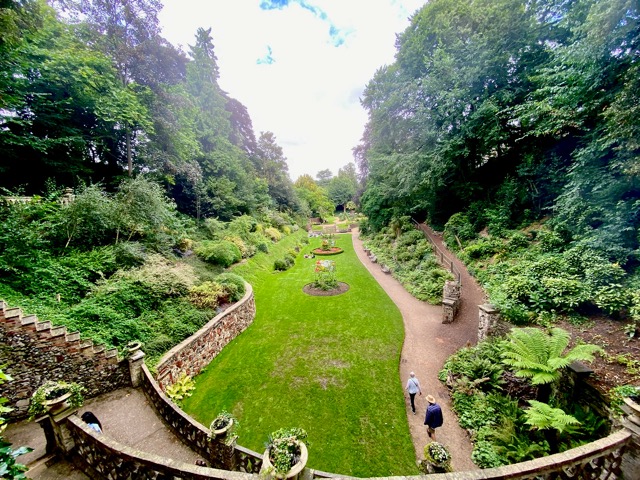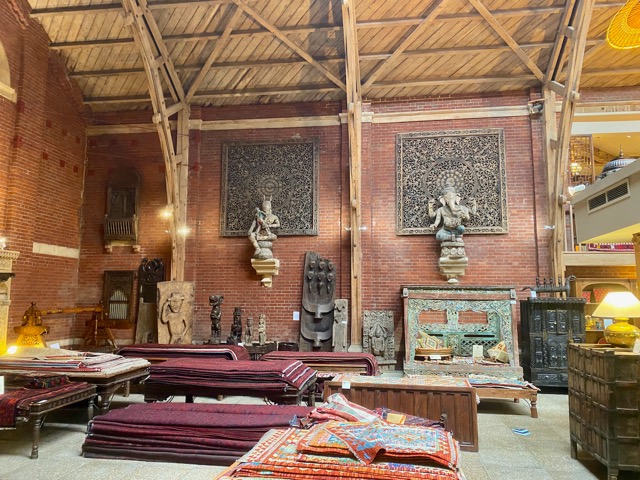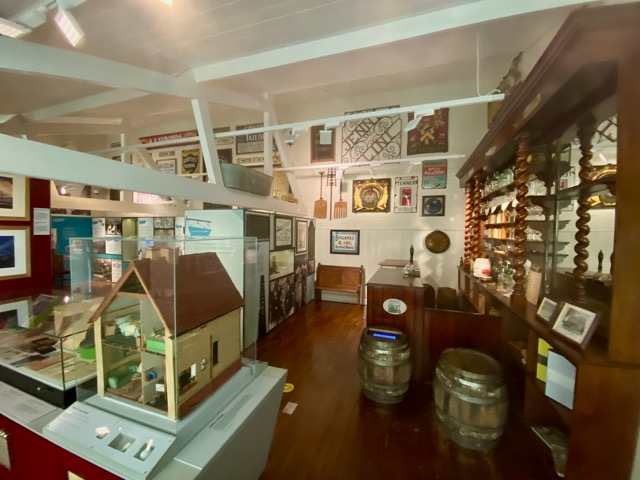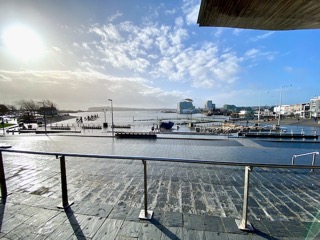After my Camino and a week in Seville, I went south to visit Gibraltar before I headed across the straits to Morocco. Gibraltar is a British Overseas Territory and a city in the south of the Iberian Peninsula, bordering Spain. While it was a habitation site of Neanderthals dating back to 50,000 years ago, it was used only as a religious location by the Phoenicians around 950BC and not officially settled until the 1100s. It became part of Britain in 1713.
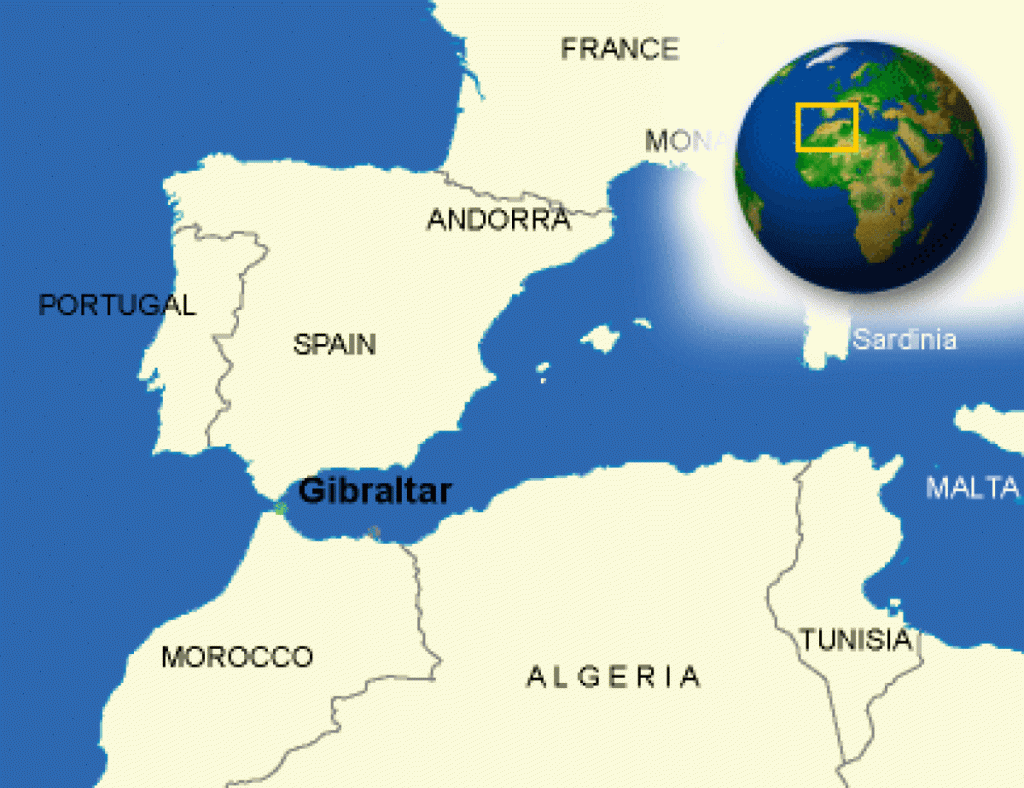
Much of Gibraltar is a ridge line known as The Rock, which at 426m high, runs the length of the city, leaving only a thin swathe of land where the city actually is. I stayed in the city of La Linea de la Concepción, just over the border in Spain. The crossing was fairly easy, I walked through passport control, they saw I had a non-EU passport, scanned and stamped it, then I was through in a matter of 30 seconds. It was the same process coming back the other way, although due to the line of people, it took about 15 minutes.
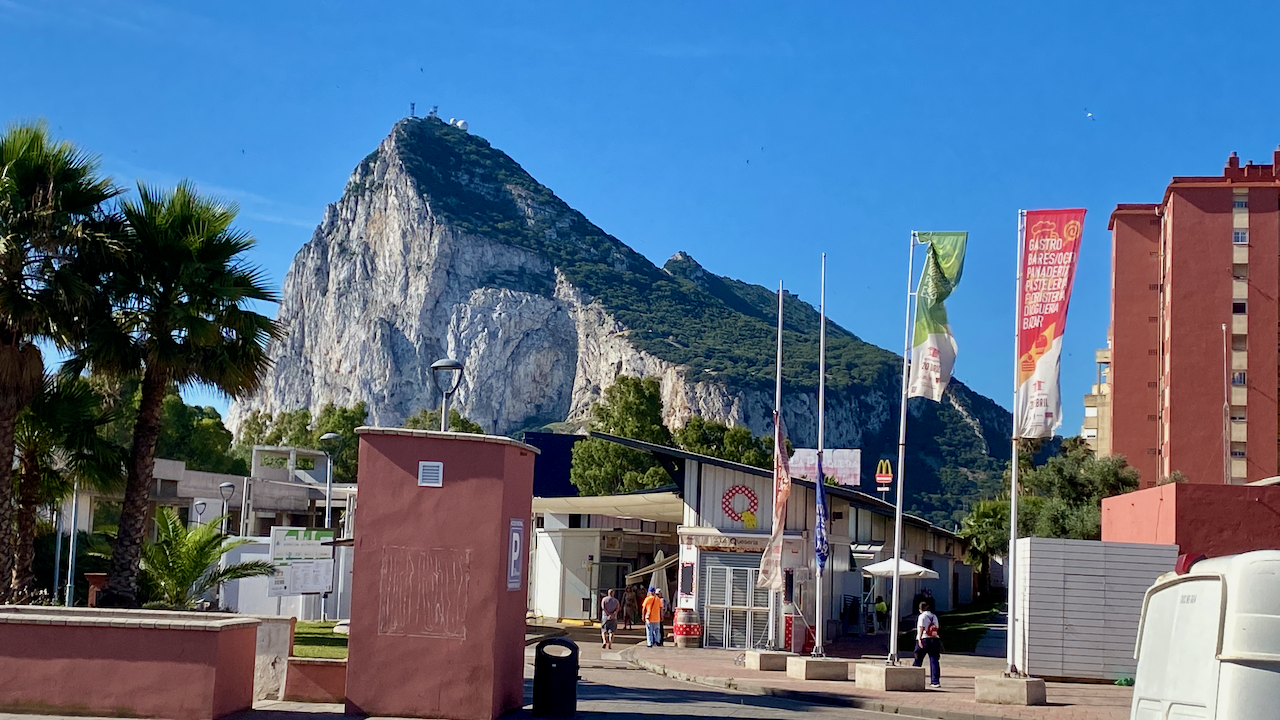
The Mall
Most of the accommodations on Gibraltar are apartment buildings and hotels, although some single houses run up the side of the rock. Through the middle of these accommodations is a long street mall running from one end of Gibraltar to the other. The most annoying thing about the shops and cafes is that they take the British Pound. It’s annoying as I’ve been using Euros in Spain for some time but thankfully I have a British bank account. The good thing about shopping in Gibraltar is that you don’t pay UK VAT on products.
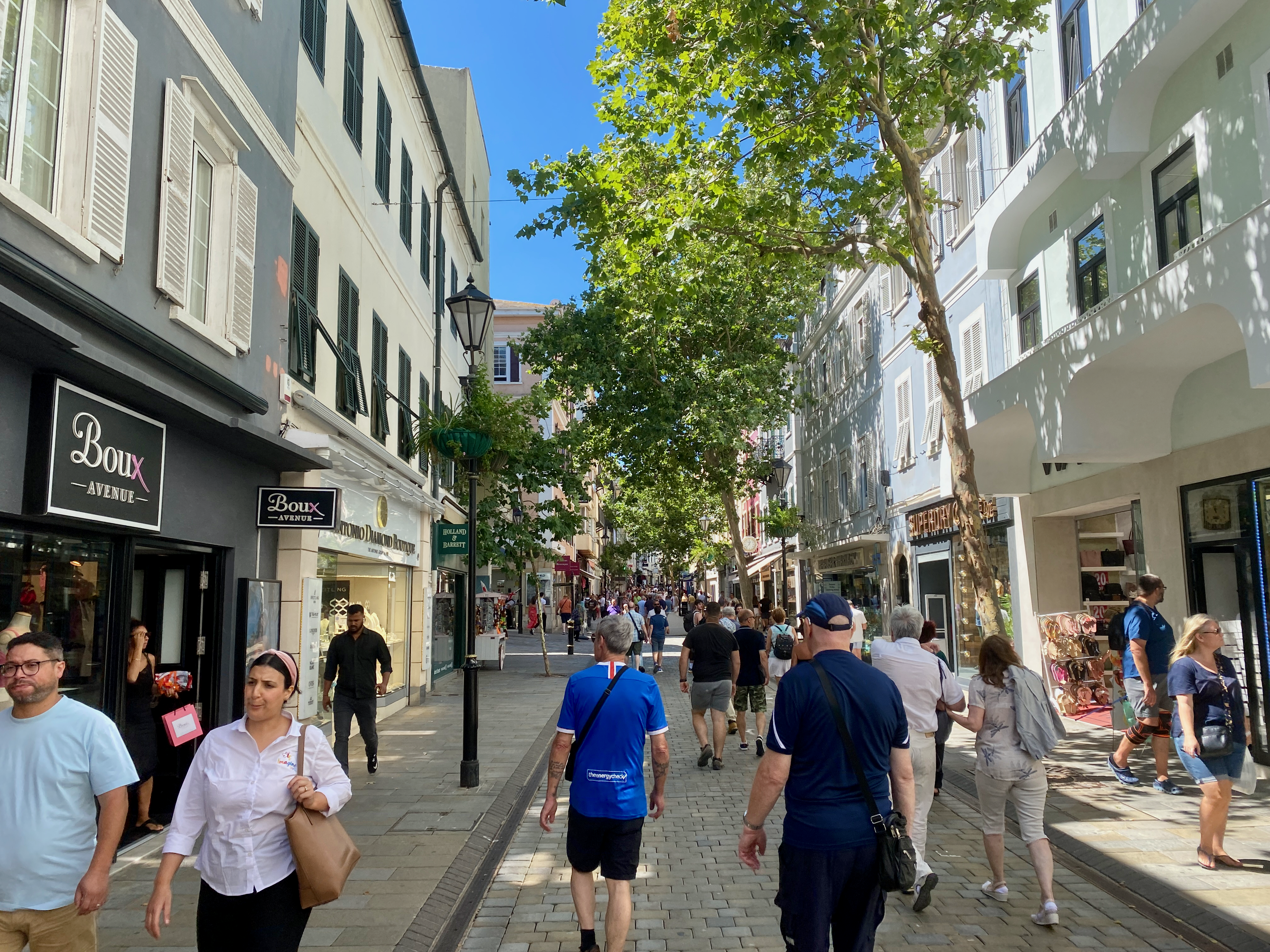
Pillars of Hercules
The Rock of Gibraltar is one of the fabled pillars Hercules created, when legend had him smashing through a mountain and creating the Gibraltar straits. This is one of the many differing stories told of what Hercules apparently did. The Rock of Gibraltar was known as Calpe Mons, while the mountain on the African side, is disputed between two different peaks, Monte Hacho and Jebel Musa. This one seen across the straits…
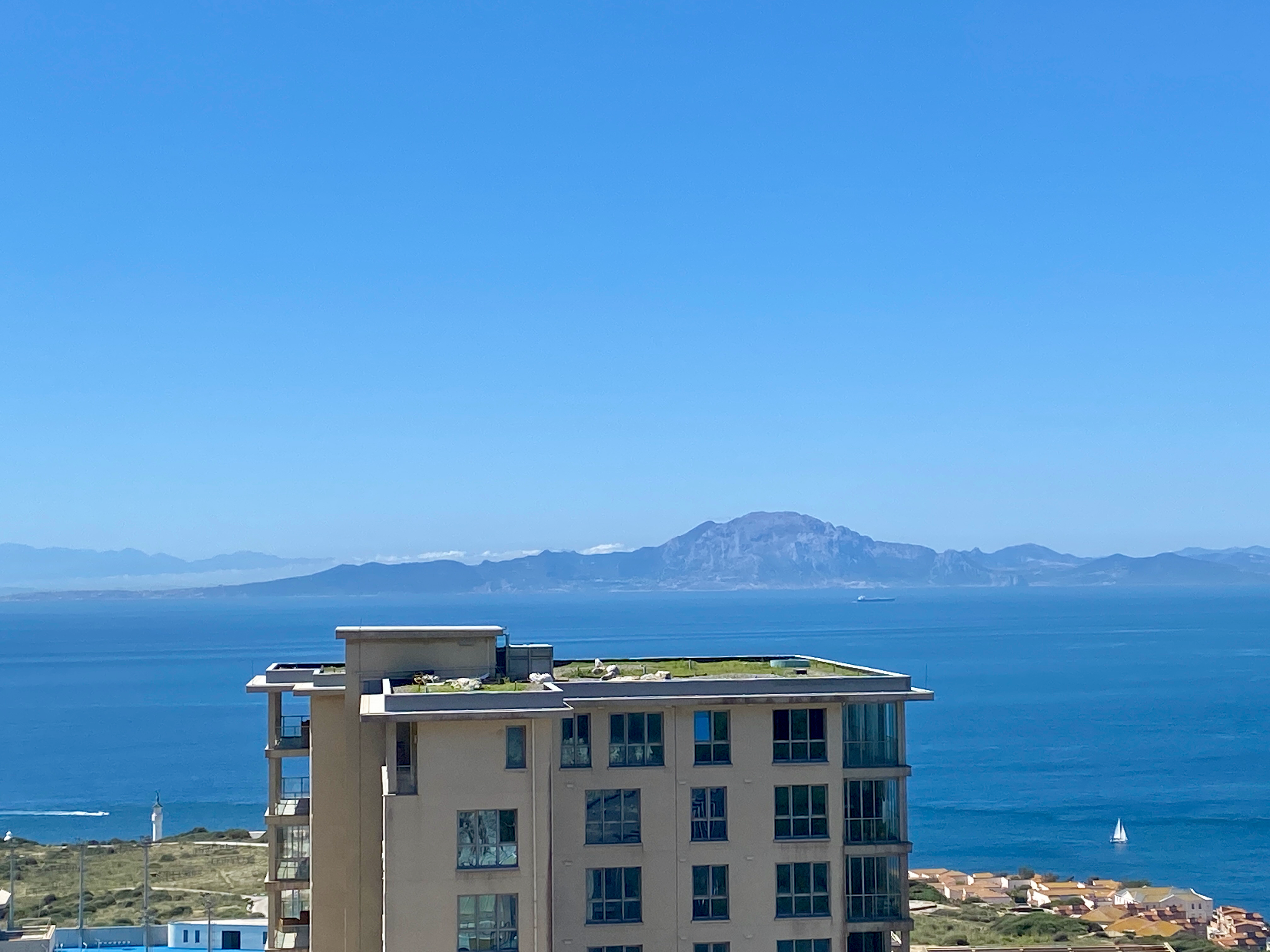
St Michaels Cave
Near the south end of the Rock of Gibraltar and 300m above sea level is St Michael’s Cave, one of the 150 cave systems in the area. This one has been set up as a tourist destination with nearly 1 million visitors a year. Rainwater seeping in from above has created many features in the rock. For purposes of tourism, a new entry was created to ensure adequate air flow, while a lighting system was installed, along with an auditorium with 100 seats and a music show.
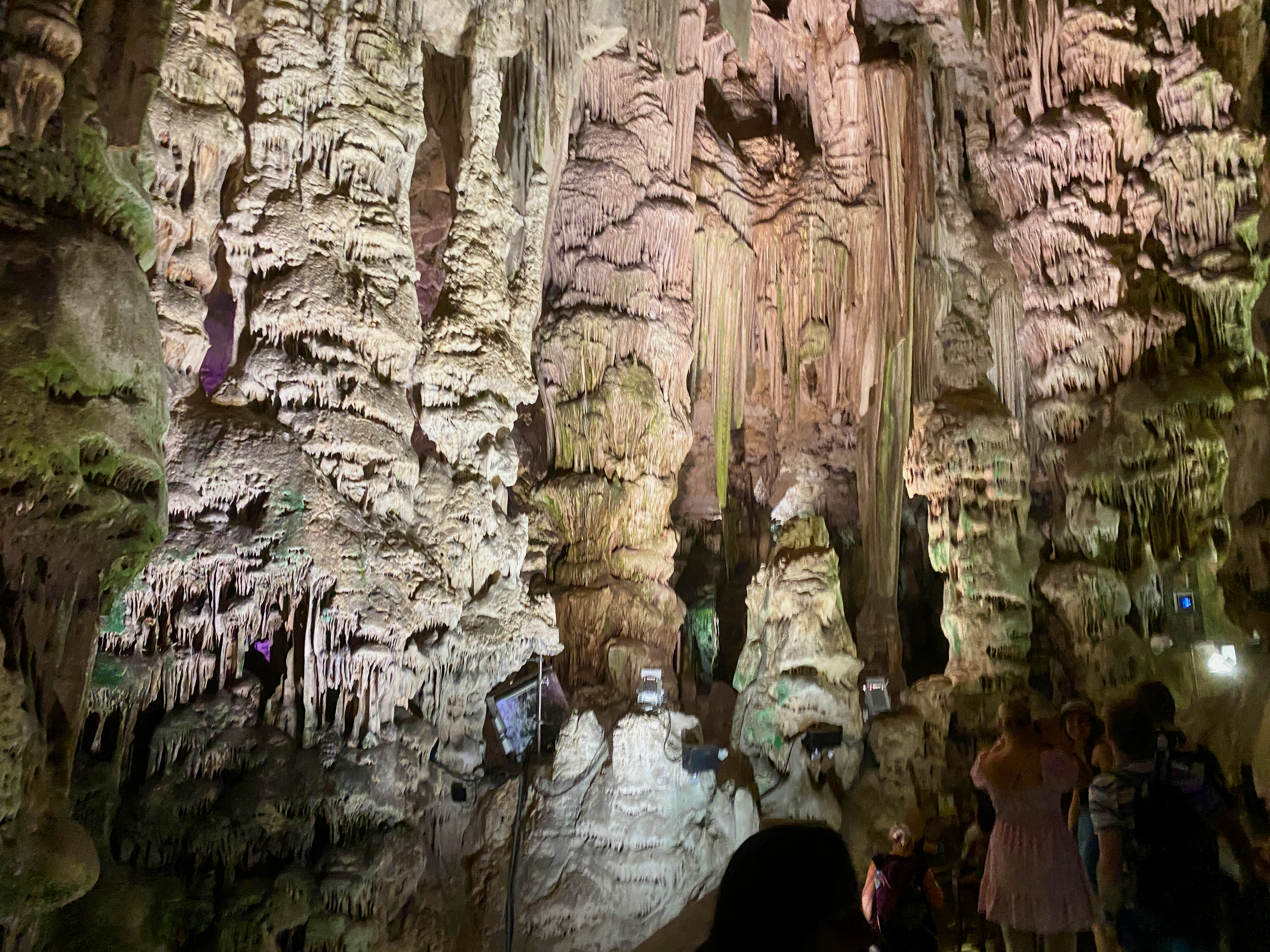
Skywalk and Monkeys
Two of the highest points reached during the tour was the skywalk, high on the rock where you can walk out over the edge; and the Monkey feeding zone.
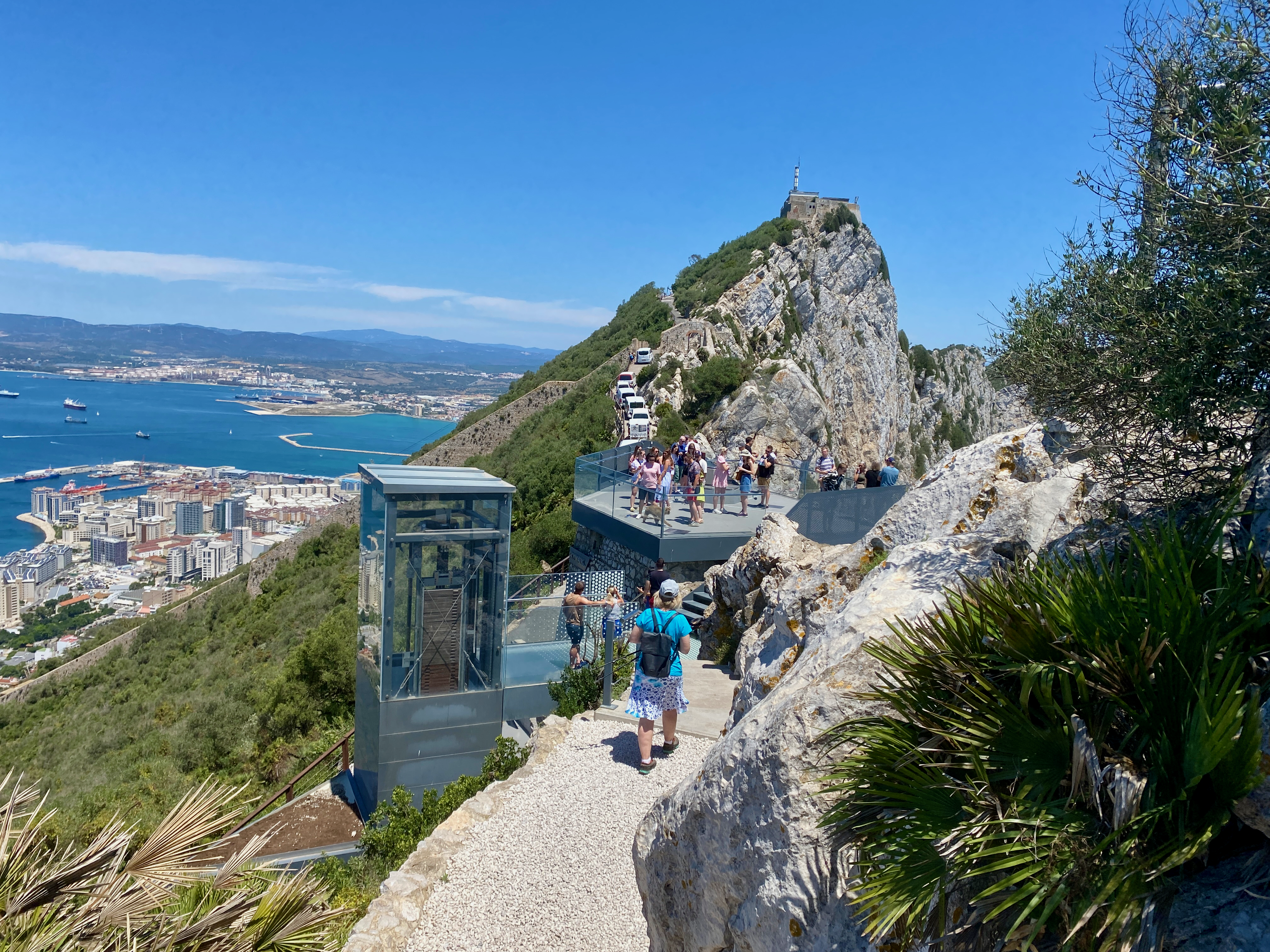
There are around 300 Barbary Macaque Monkeys. Some of them can be cheeky, looking in windows and getting into cars to rifle through belongings looking for food.
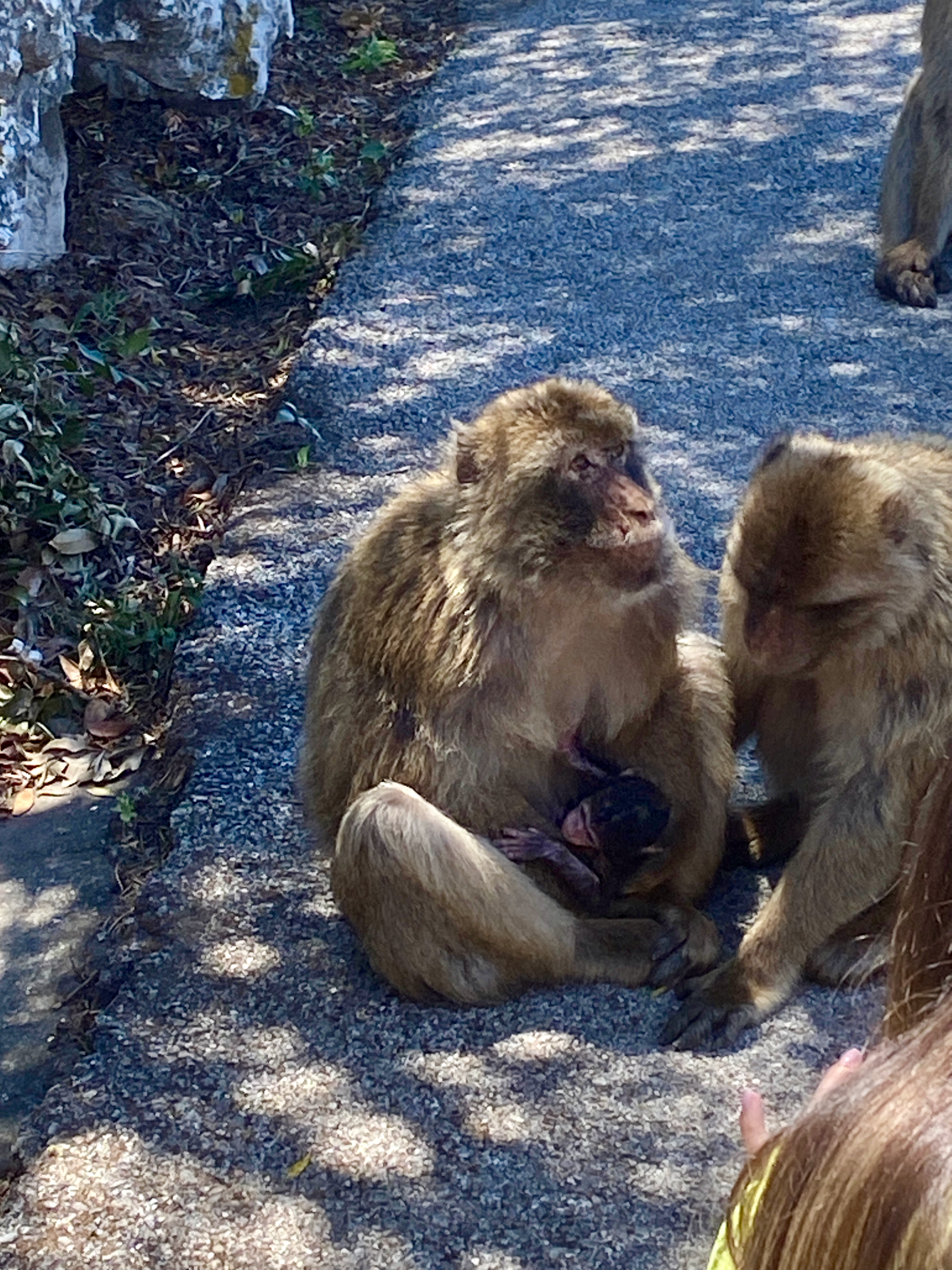
Great Siege Tunnels
Started in mid 1782, these tunnels were to access cannons pointing north during the 14th and last siege on Gibraltar by the Spanish and French. By 1790 there were 1.2km of tunnels dug in the north end of the rock housing cannons focused mostly to the north.
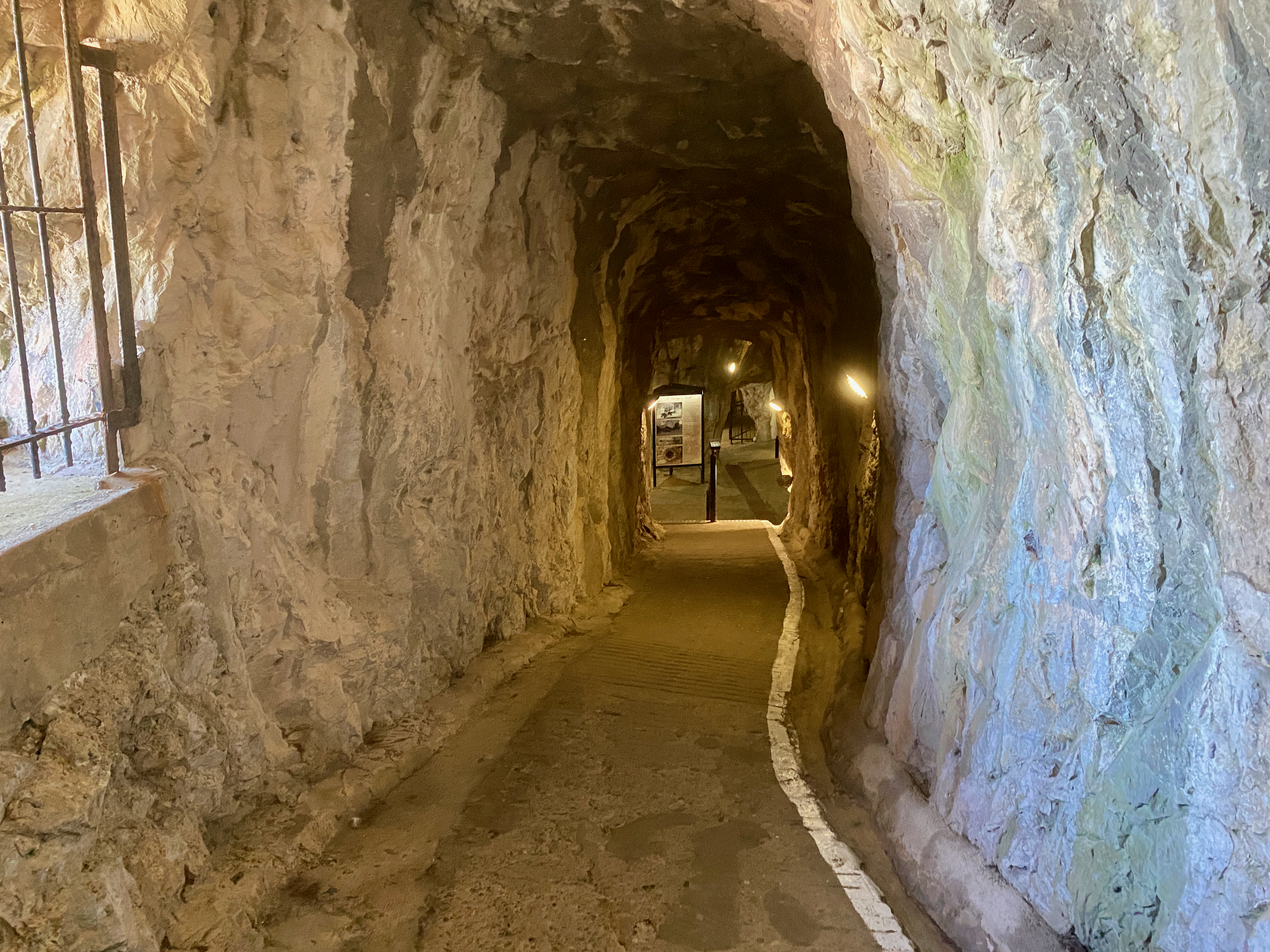
The tunnels now house a museum of sorts in the different rooms along the tunnels and exploring them can take an hour or more.
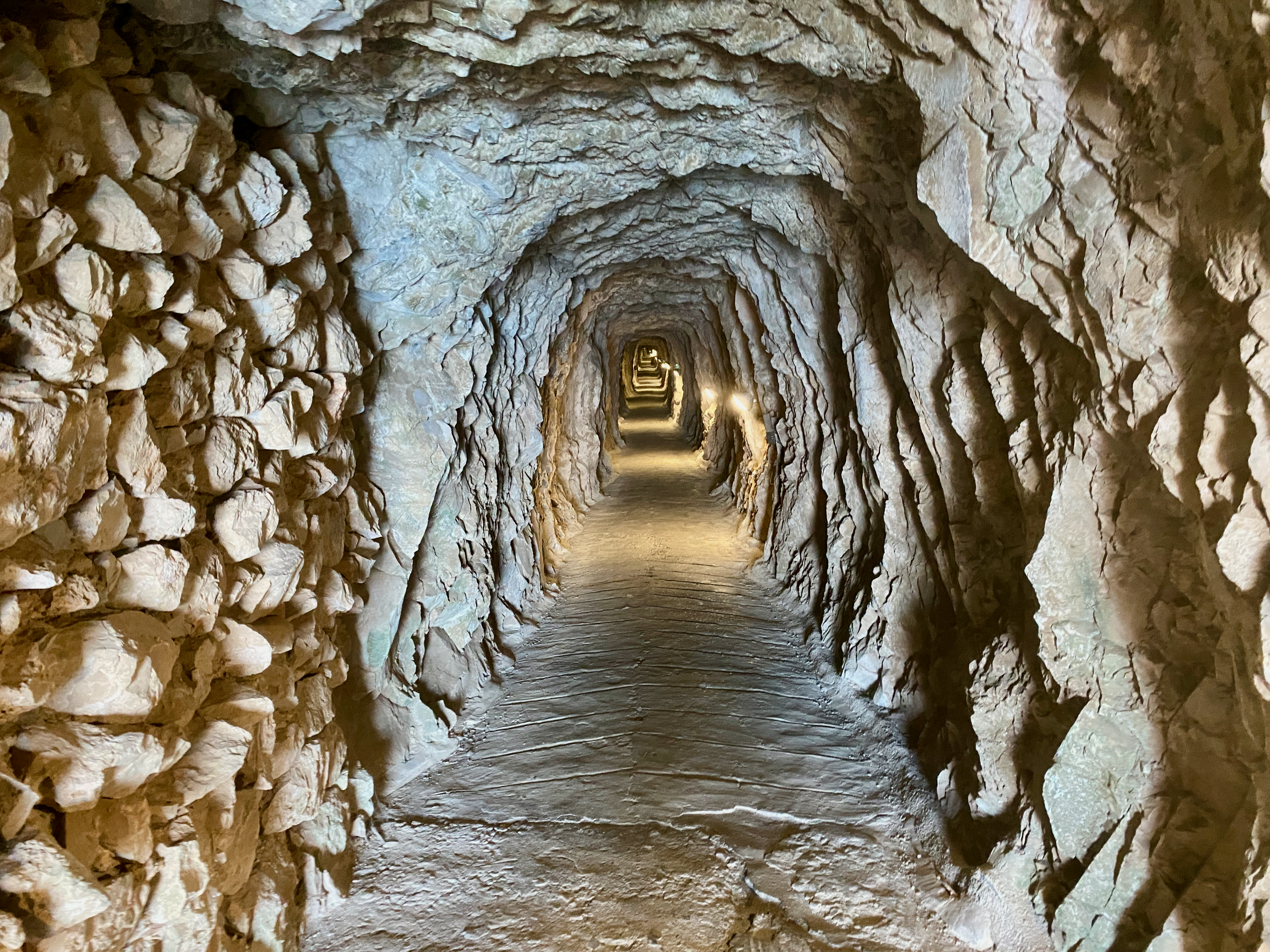
World War II Tunnels
During WWII Gibraltar was evacuated so the military could use it as a base. There was estimated 30,000 British Soldiers, sailors and airmen on the rock during the war. But the British also had a special operation to build tunnels to hide men, should the German invade. They were never used as the German did not come to Gibraltar. The tunnels have been closed ever since due to the means they were cut.
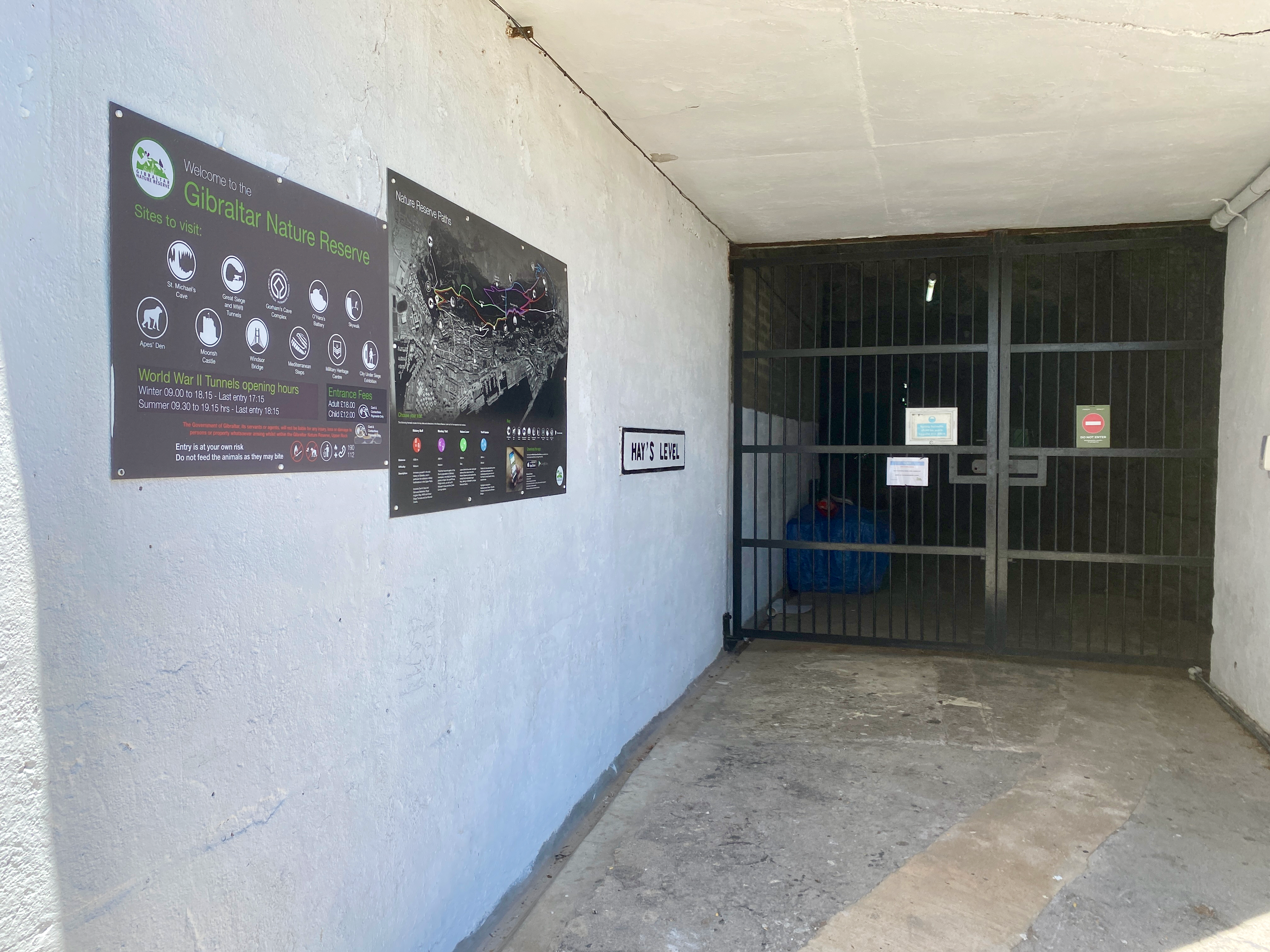
Moorish Castle
The Tower of Homage is the sole remaining tower of the Castle built by the Moors in the 1100s. The Castle played a prominent role in the Muslim capture of much of Western Europe for 700 years. It gives great views over Gibraltar, The Rock and the coastline across from the city.
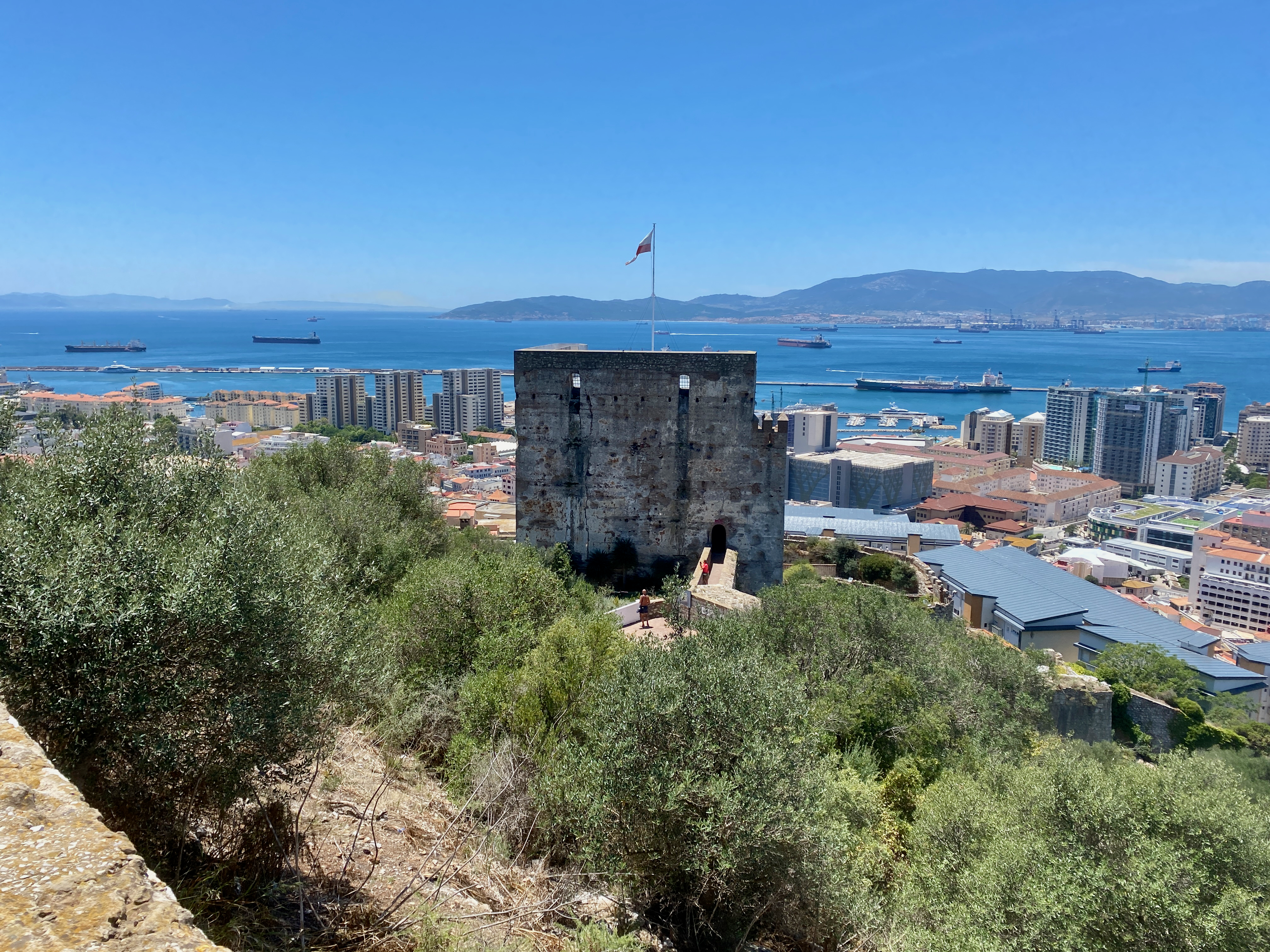
Impressions,
Due to its small size, there’s not that much to do in Gibraltar. But as I only had half a day, the tour, and a good wander of the streets, was enough. It was nice to visit and to see Africa from a distance.
Next, I head to Tarifa, the southernmost tip of continental Europe in preparation for my ferry to Morocco.
The World Wanderer


